Algorithm
- 有效的字母异位词 (使用数组或者哈希表做计数器即可)
class Solution:def isAnagram(self, s: str, t: str) -> bool:str_dict = {}if len(s) != len(t):return Falsefor c in s:counter = str_dict.get(c, 0)str_dict[c] = counter + 1for c in t:counter = str_dict.get(c, 0)if counter == 0:return Falsestr_dict[c] = counter -1return True
Review
一篇关于阿里seata 分布式框架的文章, 本质就是TCC + 二段提交, 需要一个全局的中央处理服务 (TC), 然后每个参与分布式事务的服务都要接入自身的RM, 这RM 的底层就是 Mysql 。 由TC 使用 TCC 协议控制全局的分布式事务,使得这部分控制代码集中起来,避免污染业务代码。
我觉得这种类型的服务/框架 更多的是适合金融行业的强一致性业务场景,底层是依赖DBMS 的 ACID 特性,与我之前理解的通用分布式事务还是有一段距离。 因为很多业务场景是不需要用DBMS, 但仍需要分布式业务,不过这个框架没有将这一层逻辑再进一步抽象。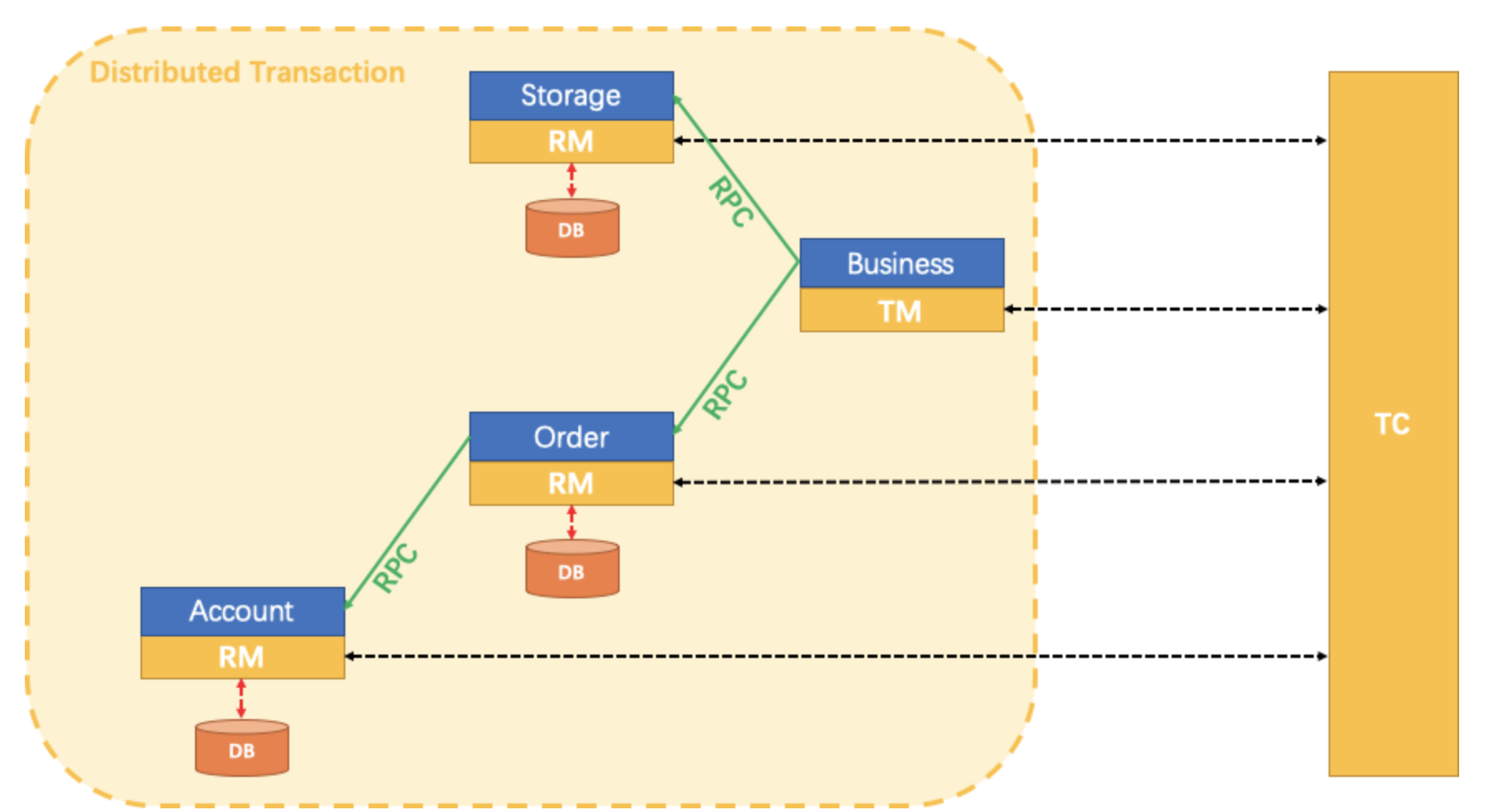
Tips:
在我们日常中,常常需要为服务架构做决策,但做完决策后并不会刻意地将其保存起来,这其实是一种资源的浪费,因为在敏捷项目的开展过程中,架构决策是不断演进和变化的,如果我们将这些决策以时间的维度保存起来,那么每次做新决策的时候就会有一个依据。 Medium 里面有个架构师分享了一个不错的技巧, 就是LDAR, ADR 其实就是架构决策记录, 用于保存每一次架构决定的依据,目的和上下文。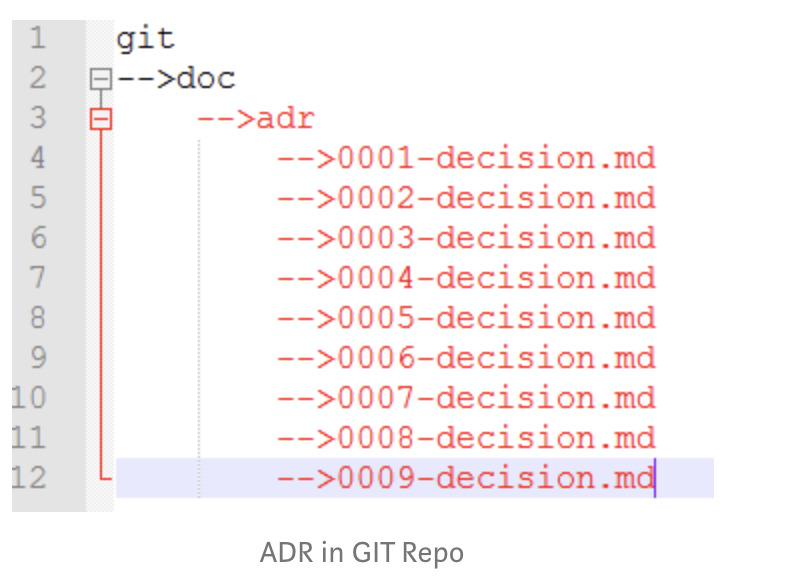
ADR只要分为几个部分:
- Title — Title of the decision record.
- Decision — The decision that was made. For instance, use Elasticsearch for an enterprise-wide search API.
- Status — Status can be proposed, accepted _or _superseded. If you make any decisions and you need to change them later, you can simply add a new record with the changed status.
- Context — What is the context of this decision? It is important to capture the full context of the decision so that the reader knows the reasons behind it.
- Consequences — In this section, you can add what would happen if this decision is made. It is important to list all consequences, both positive and negative.
例子:
更多的例子
Share:
K8s 的核心概念, 最近一直在学习k8s 的相关资料,看到这篇文章总结得非常不错。K8s 由于理论体系比较庞大,涉及的组件和概念非常多,所以很容易让人迷惑。 这篇文章用很直白的类比方式来总结k8s的核心概念,很方便随时进行翻阅
K8s concepts we’ve seen. Here are the six levels of abstraction for a Deployment:
- Deployment: manages ReplicaSets. Use for persistent, stateless apps (e.g. HTTP servers).
- ReplicaSet: creates and manages Pods.
- Pod_: _basic unit of K8s.
- Node Cluster: Worker Nodes + Cluster Master.
- Worker Nodes: machines for Pods.
- Cluster Master_: _directs worker nodes. - Node Processes
Master subcomponents:
- API server: hub.
- etcd: cluster info.
- scheduler: matcher.
- kube-controller-manager: cluster controller.
- cloud-controller-manager: cloud interface.
Worker Node subcomponents:
- kubelet: Worker Node brain.
- kube-proxy: traffic cop.
- container-runtime: Docker. - Docker Container: where the app code lives.
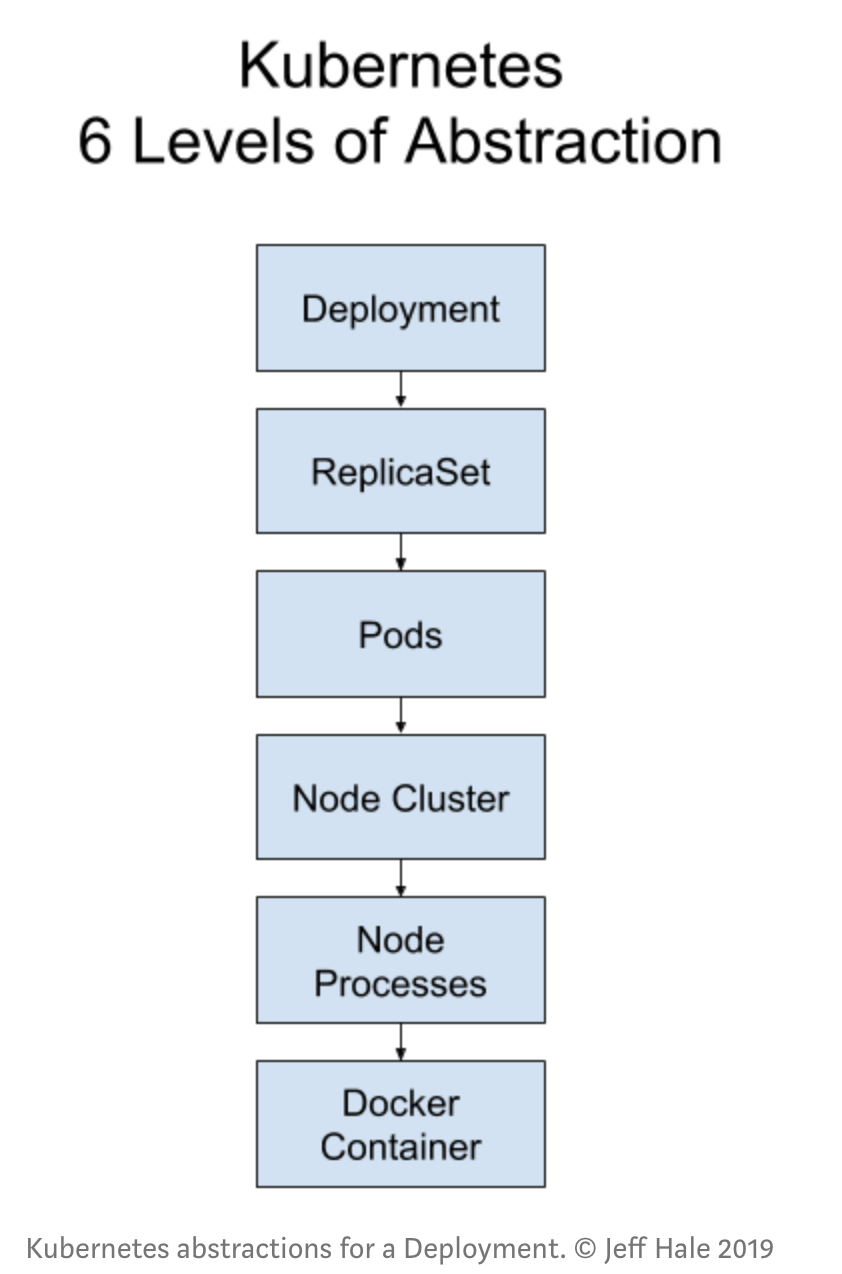
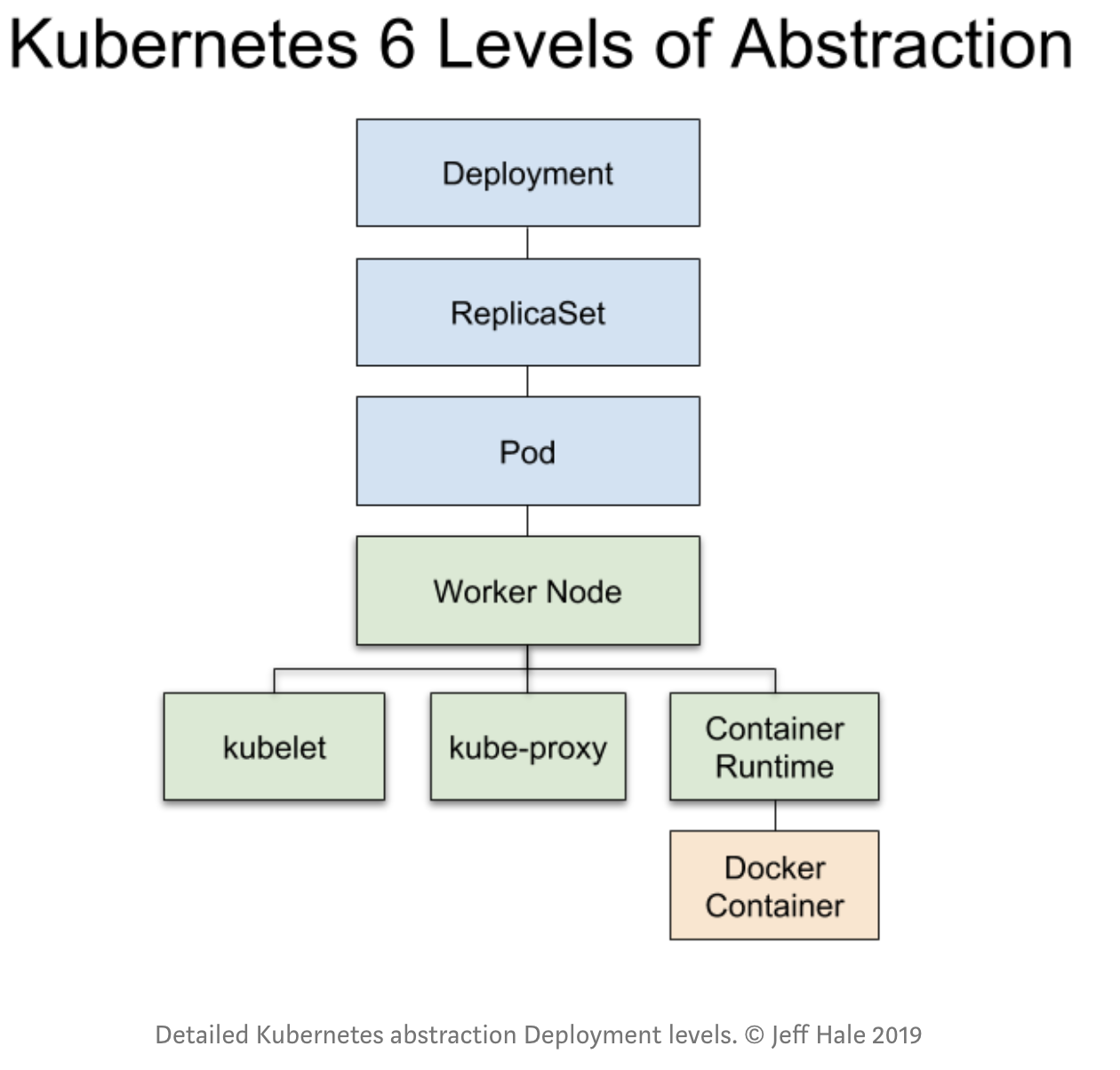

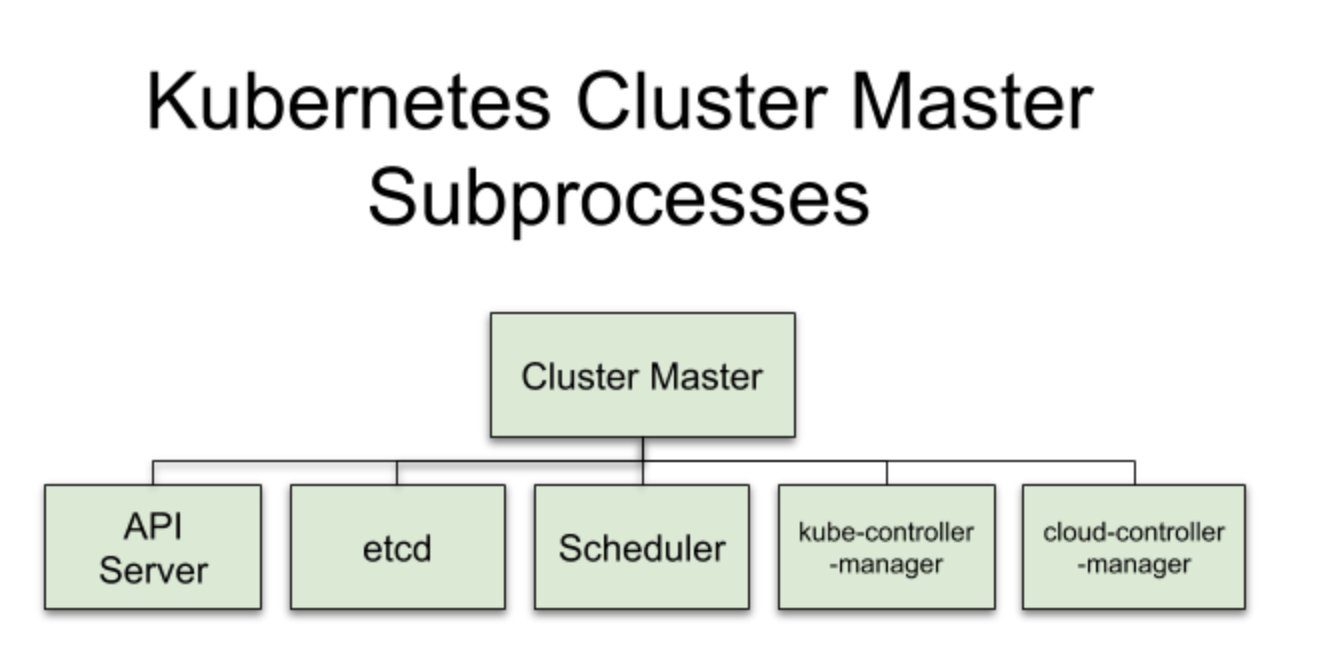

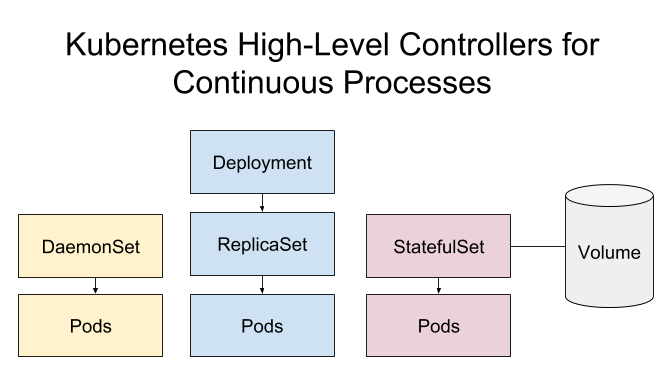
Here are the 7 additional high-level K8s API objects to know:
- StatefulSet: Like a ReplicaSet for stateful processes. Think state.
- DaemonSet: One automatic Pod per Node. Think monitor.
- Job: Run a container to completion. Think batch.
- CronJob: Repeated Job. Think time.
- Service: Access point for Pods. Think access point.
- Volume: Holds data. Think disk.
- PersistentVolume, PersistentVolumeClaim: System for allocating storage. Think storage claim.

